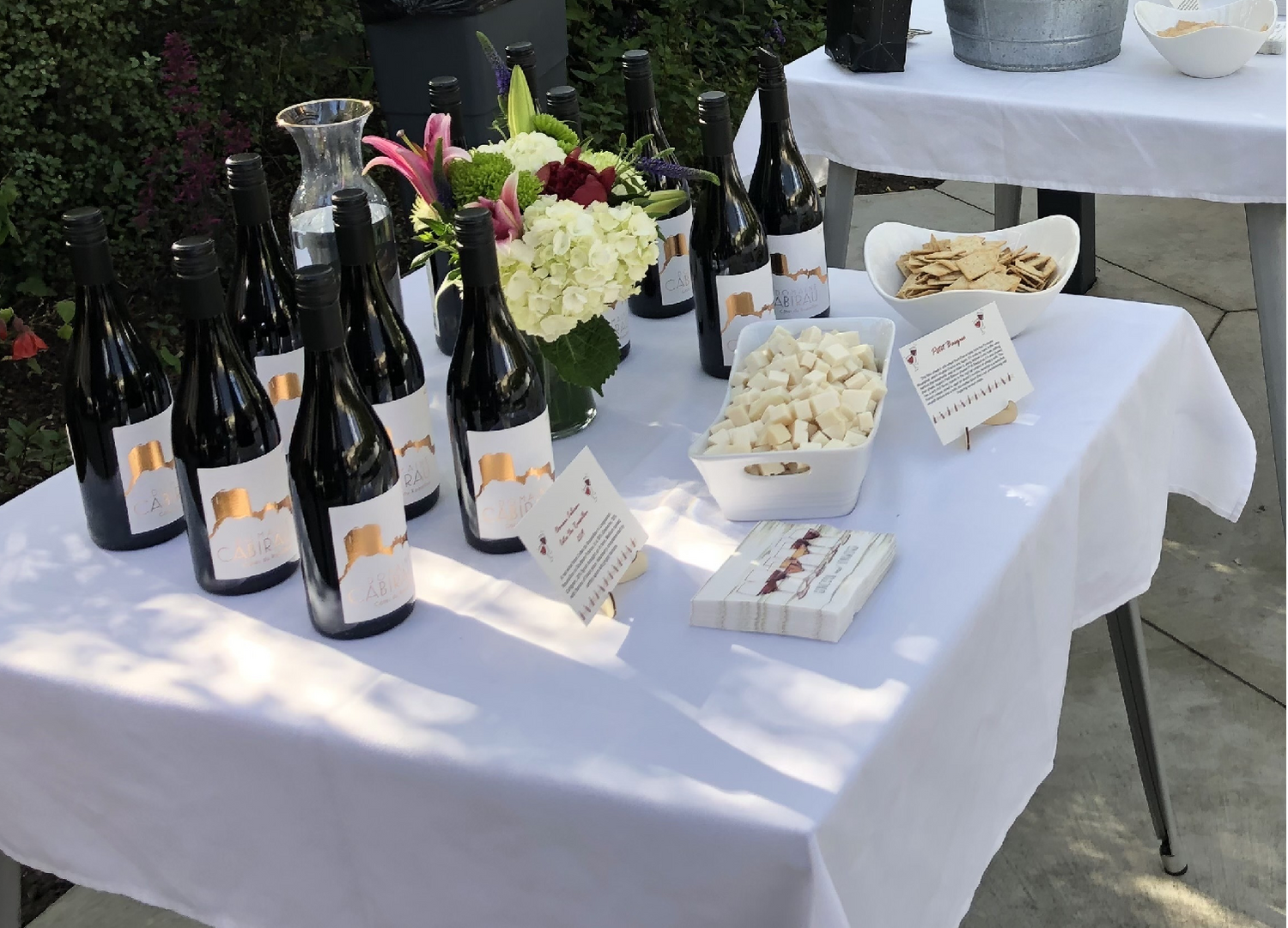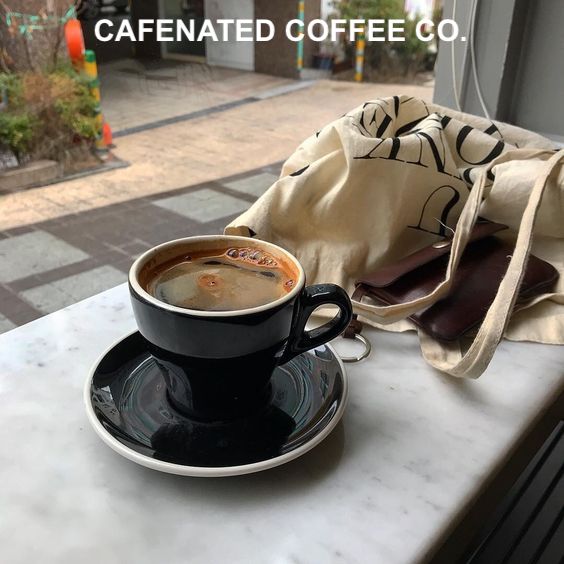
HOW TO GRIND AND STORE YOUR COFFEE BEANS AT HOME
As you probably already know, making coffee can be as simple as pushing a button on an automatic spot or as complicated as a full-on science experiment.
But one thing’s for sure: If you want to make one simple change that will result in a much more flavorful drink, try grinding your coffee beans at home right before you brew them.
THE BENEFITS OF GRINDING COFFEE BEANS IMMEDIATELY BEFORE YOU BREW
Coffee beans are chock-full of delicate aromatic and flavorful compounds that dissipate quickly once roasted and ground – or when they come into contact with direct sunlight and oxygen in the air.
So, when they are prematurely ground and exposed to elements such as light and oxygen, they instantly begin to lose their aroma and flavor.
Whole beans hold onto their flavor much longer than the ground up variety because all of the delicious flavors and aromas are being protected from the elements inside the shell.
As soon as you process a bean or put it through a grinder, you break open that protective casing that has been preserving all of the volatile compounds that comprise the various flavors and aromas.
So, in order for you to maintain quality and to extract the full range of complex flavors, it is extremely important to grind just prior to brewing.
Think about it… Would you open up a packet of potato chips a day before you planned on eating them? No, you wouldn’t! They would become stale, lose their flavor, and you would have ruined a perfectly good packet of potato chips.
Prematurely grinding will have the exact same impact. You will be left with a stale, “flat” tasting coffee and you will have wasted your time and money buying those particular beans in the first place.

WHAT’S THE CORRECT METHOD OF STORAGE OF COFFEE BEANS AND HOW LONG DO THEY LAST?
SHORT TERM
To get the maximum benefits and flavors every time you brew, it is recommended that you store your beans in a cool, dry place – away from sunlight for a maximum of 2-3 weeks after roasting.
Airtight containers are highly highly recommended and you can use everything from generic containers purchased at the local department store to nicely constructed, purposely built coffee bean storage jars.
LONG TERM
If you manage to find a really good deal on bulk quantities and you would like to purchase them while they are still readily available, then you can also use your freezer to store beans for future use.
BUT you must follow these 2 very important rules in order to keep everything fresh when storing them in the freezer:
1) Coffee is porous, so it can absorb other flavors and smells that may be present in your freezers, such as those present in seafood and meat products. This will compromise the flavors and aromas and ultimately affect the taste.
Don’t keep defrosting and re-freezing. Once your beans go into the freezer, don’t keep pulling them in and out all of the time.
2) Moisture from the condensation caused by a constant change in temperature will soak into them and ruin the integrity of the shells.
If you buy in bulk, make sure you separate what you buy into smaller, usable portions that can be used within a couple of weeks.

SELECTING THE RIGHT GRIND
Selecting the right texture or size of grain that you are going to grind your beans into is going to have a direct impact on the caffeine extract and the overall taste of your brew.
The particle size of your granules will affect the surface area from which caffeine and flavor can be extracted. Once hot water has been added, it activates the “flavor cells” and releases all of those beautiful tasting (and smelling) essences in the “blooming” process.
If you don’t have the right size grains for the type of coffee you are trying to prepare, then you are either going to get a weak, under-developed brew or an over-extracted, bitter taste.
GENERAL GUIDELINES FOR GRINDING COFFEE
To help you choose the best type of grind when using your coffee grinder and to help you gain the best possible value, you should use the following guidelines:
- Coarse Grind- A coarse grind is commonly used in a percolator or a French press, where the hot water is going to be in contact with the grounds for a reasonable amount of time (usually 2-4 minutes).
- Medium Grind- Commonly used with vacuum pots and drip brewing machines.
- Fine Grind- Commonly used with filter brewing methods and some drip brewing machines.
- Espresso Grind- Espresso grind is usually the hardest to get right because it has to be fine enough so the pressure can build up, extract all of the flavors, and then push the liquid through the filter, yet not so fine that it actually blocks the filter and prevents the liquid from coming through.
This article first appeared on here





